The world modernizes and changes rapidly, and even within a single generation, we can see the difference in our homes as new technology replaces once-common objects or makes them obsolete. This article explores 18 everyday objects your parents will probably have owned or used that are now a thing of the past, and you’d probably struggle to find today.
Rotary Phone

Your parents may have had huge, clunky mobile phones, but they certainly didn’t have smartphones. Many relied on the trusty rotary phone, which required dialing a number by laboriously twisting a finger dial. You always hoped the number contained more 9s than 1s! Nowadays, they’re retro relics that you’ll only find in the most old-fashioned homes.
Cassette Tapes
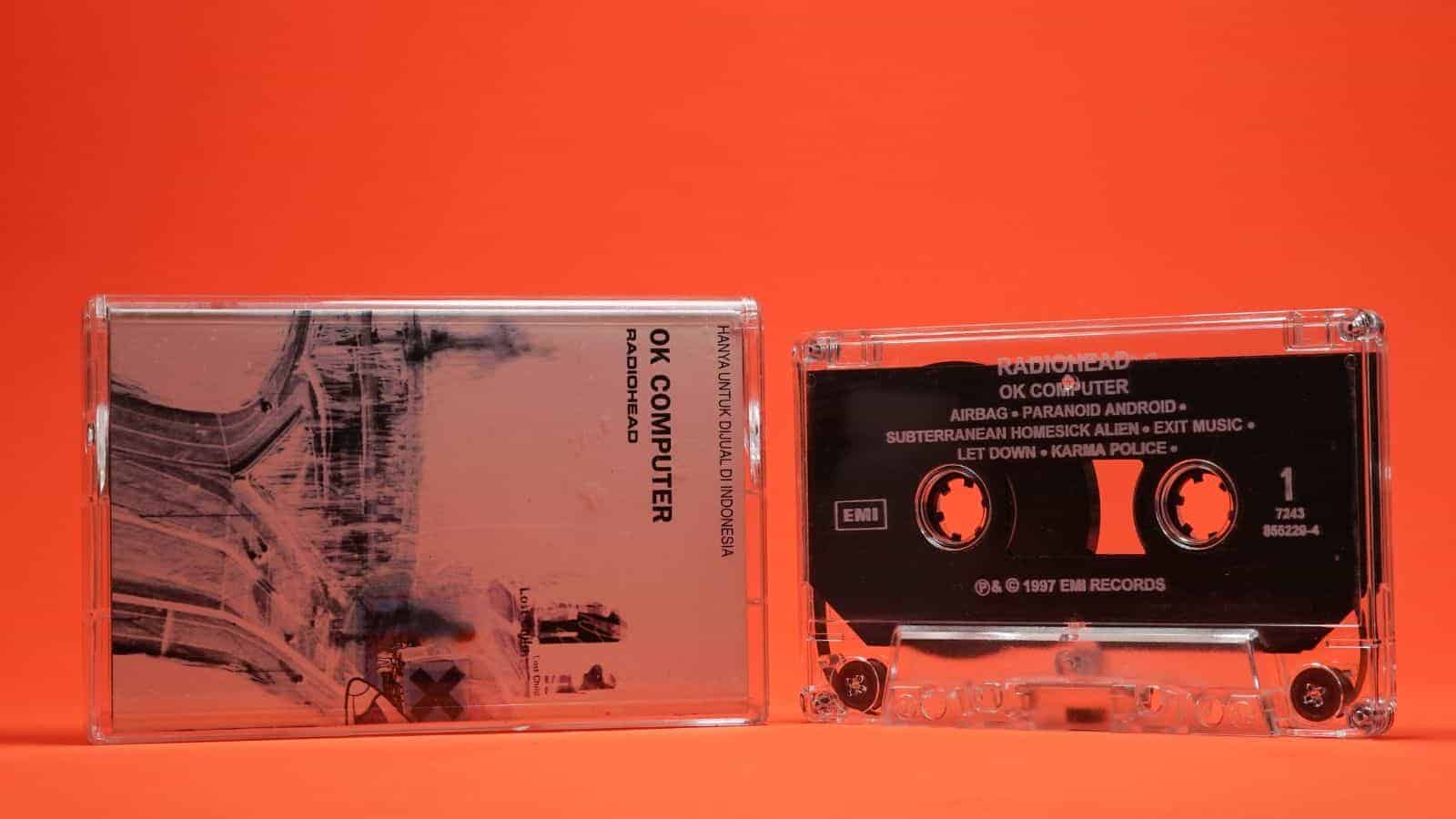
Although initially designed for dictation (not music), cassettes revolutionized portable music and allowed the creation of custom mixtapes and even recordings from the radio. Legacy Box claims that more than 3 billion tapes were sold from 1963 to 1988. They were replaced by CDs and, now, by digital storage—which doesn’t require physical tapes or suffer from unwinding!
Dot Matrix Printer

Needed to print an advertisement or an assignment for school? You probably used your parents’ old-fashioned printer. It used tiny pins to strike an ink ribbon, a noisy, time-consuming way to get a low-resolution print. Still, they were a vast improvement over typewriters and brought printing to many households. Today, they’ve been replaced by laser printers and digital printing.
Camcorder

Before the days of smartphones capable of capturing video, Sony launched the first home camcorder, and fathers everywhere prepared themselves to be amateur filmmakers! Although they were bulky with limited battery life, they produced grainy, shaky footage of family memories and even amateur movies. Unfortunately, the tape cassettes were quickly filled and easily taped over.
Boombox

With the invention of the Boombox, music lovers could finally enjoy their favorite tunes on the go. It may have been huge and heavy, but it was portable and cool! Boomboxes were typically battery-operated with integrated cassette players and radios. Brand 9 writes, “By the ’90s, the boombox started to fade out, replaced by Walkmans, CD players, and eventually today’s digital devices.”
VCR (Video Cassette Recorder)
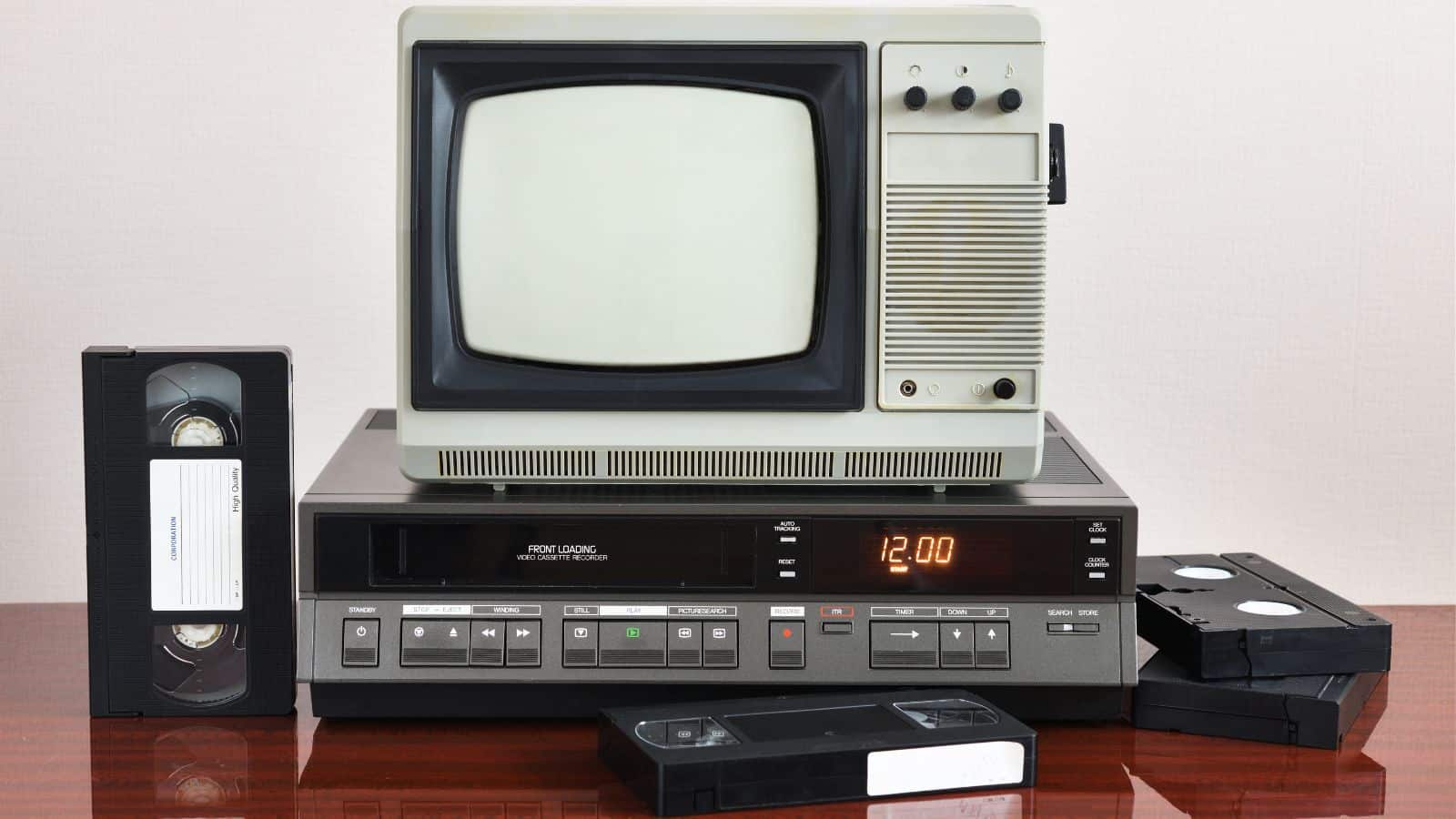
If you wanted to enjoy a Blockbuster rental on a Saturday night, you needed a VCR machine to watch it on. These home appliances were cumbersome and ugly, yet they were the only way to watch movies at home before the days of DVDs or streaming services. Many of us remember waiting for a tape to rewind to the beginning or laboriously trying to find our favorite scene!
Answering Machine

Before the late 1990s, few people had a personal cell phone, so leaving a voicemail wasn’t possible. Instead, you called their landline or office phone and left a message on their answering machine. Recording the outgoing message was a fun family activity, and many were unique or amusing. A cassette recorded the caller, and a blinking red light informed you of new messages.
Floppy Disks

Ever wonder why the save symbol is a tiny square that looks like a postage stamp? That’s a floppy disk—the first mobile computer storage device. They held a mere kilobyte of data and were notoriously fragile, particularly if exposed to strong magnets or extremes of temperature. Still, they were all we had! Today, we use more reliable USB drives and cloud storage.
Encyclopedia Set

They may have been outdated and cumbersome (and possibly missing a volume or two), but we needed encyclopedia sets to complete homework and research our favorite topics. Without fast Internet or websites like Wikipedia, these books were a wealth of knowledge usefully arranged in alphabetical order. Today, Arc Technica says only one company still prints them—World Book.
CRT Television
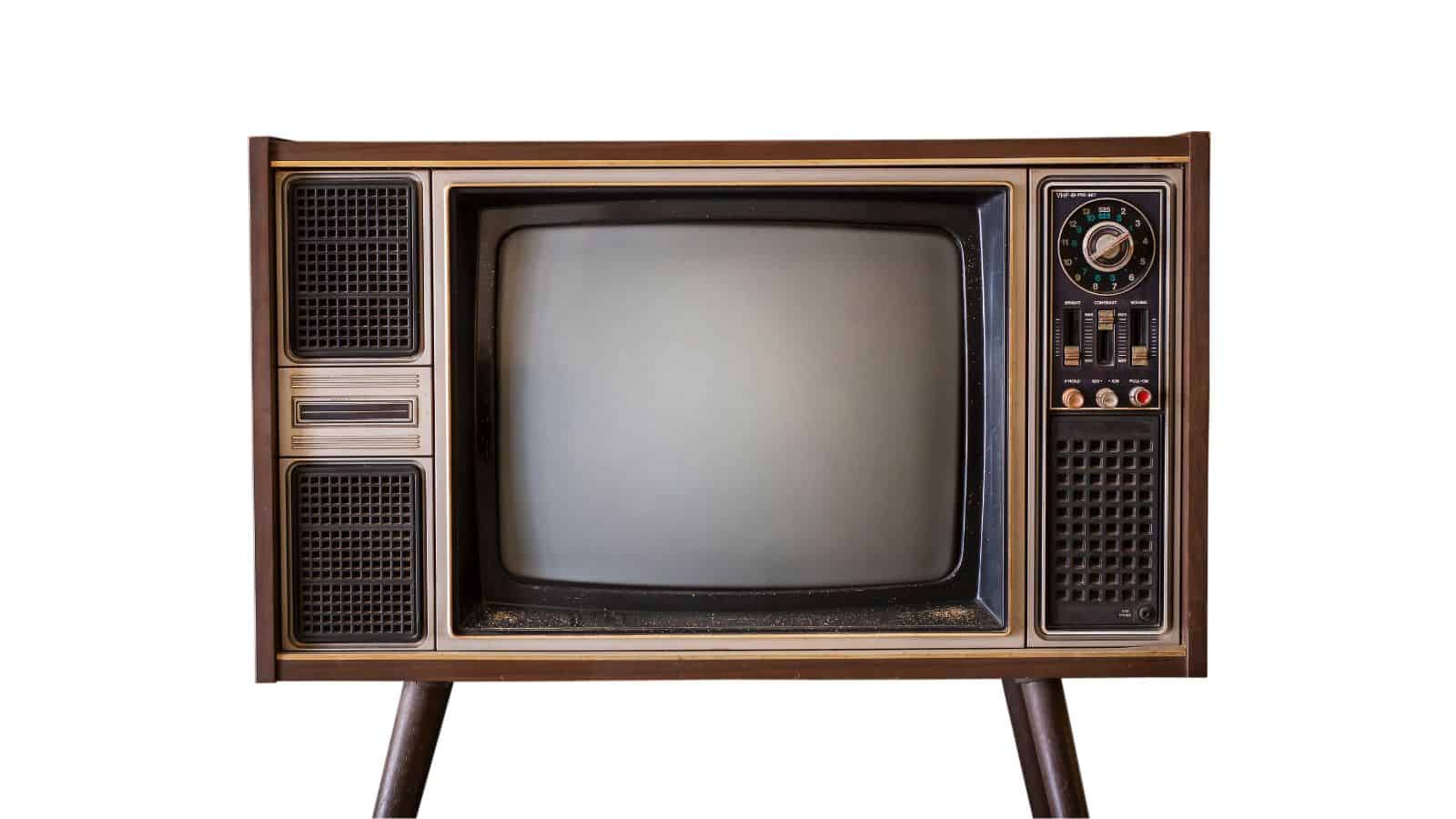
Television sets of the past used thick cathode ray tubes (CRTs), necessitating a heavy screen and bulky, square-shaped hind section. These sets dominated our parents’ living rooms and produced a primitive-quality image compared to today’s TVs while emitting a faint hum. They’ve now been replaced by modern LED televisions, with internet connections and flat screens.
Slide Projector
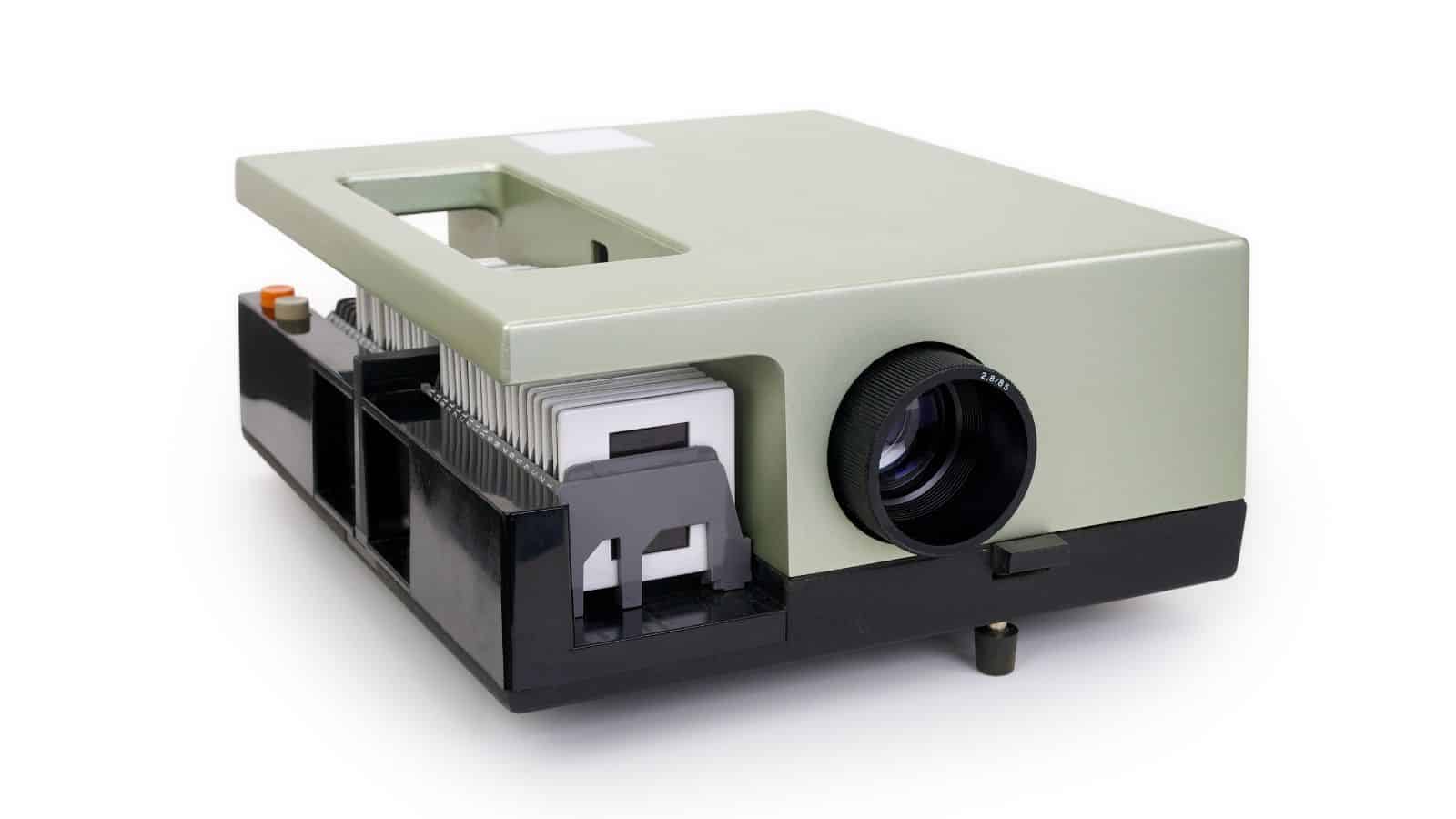
Needed to give a presentation or show off your holiday snaps? Your parents may have had a slide projector for family gatherings or work. These devices displayed 35mm slides on a screen, often accompanied by monotonous narration from the owner. Sorting through slides, placing them in the carousel, and hoping the projector bulb wouldn’t burn out was all part of the fun!
Compact Discs
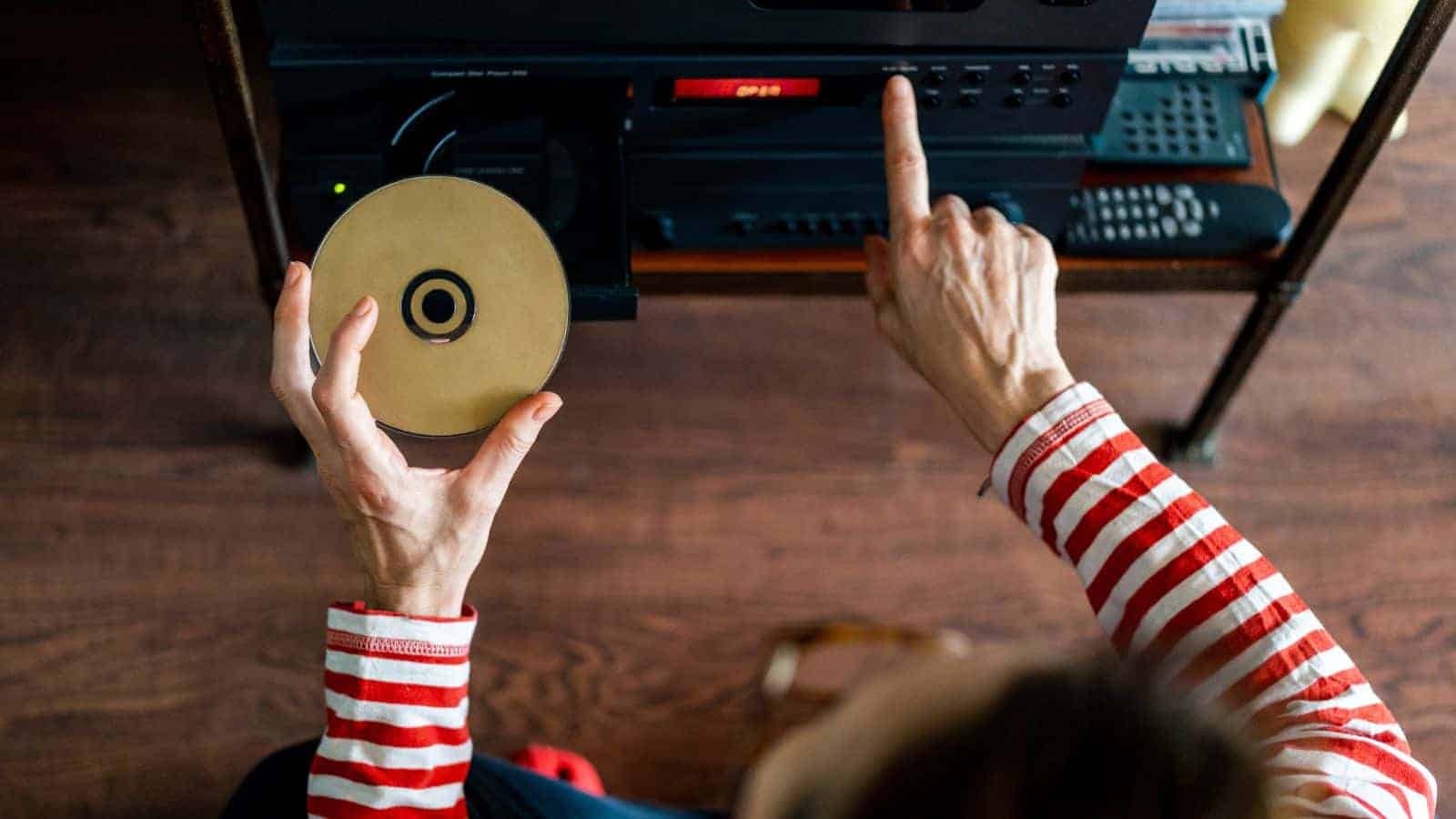
The BBC says CDs were first released in 1982 and slowly replaced cassettes. They were lighter, had greater storage capacity, were more searchable, and could hold much more music than their predecessors. Unfortunately, they still required storage (in a fancy CD rack, of course) and were easily scratched, making certain tracks ‘jump’ and rendering them unplayable.
Fax Machine

Even if they didn’t have one at home, your parents likely used one if they worked in an office. Before email and text messaging, documents had to be handwritten or printed and then faxed to a separate fax number. They utilized the phone lines and made a distinctive whirring sound and a warm smell of thermal paper. Luckily, today’s document-sharing methods are a lot more secure!
Classic Video Game Console

You’ll still find Playstations and XBoxes in modern homes, but you’d be hard-pushed to find a Sega Genesis or Atari 2600! These consoles may have had pixelated graphics, slow gameplay, and reliance on bulky cartridges, but they were adored by young and old when they were first released. Modern technology now makes them appealing only to retro gaming enthusiasts.
Address Book

With no smartphones to digitally record contact information, your parents probably had an address book with contact details of friends and family and useful services. It was often full of revisions and scribbled numbers and addresses. It was essential for contacting anyone other than the few people whose home numbers you’d memorized by heart!
Pocket Calculator

Nowadays, smartphones are capable of handling almost any mathematical problem, but not so in the 1970s and 1980s. We used pocket calculators in our childhood homes and schoolrooms, often unpredictably powered by the sun with a small, integrated solar panel. These tiny devices were essential for everything from math homework to budgeting and calculating taxes.
Corded Wall Phone
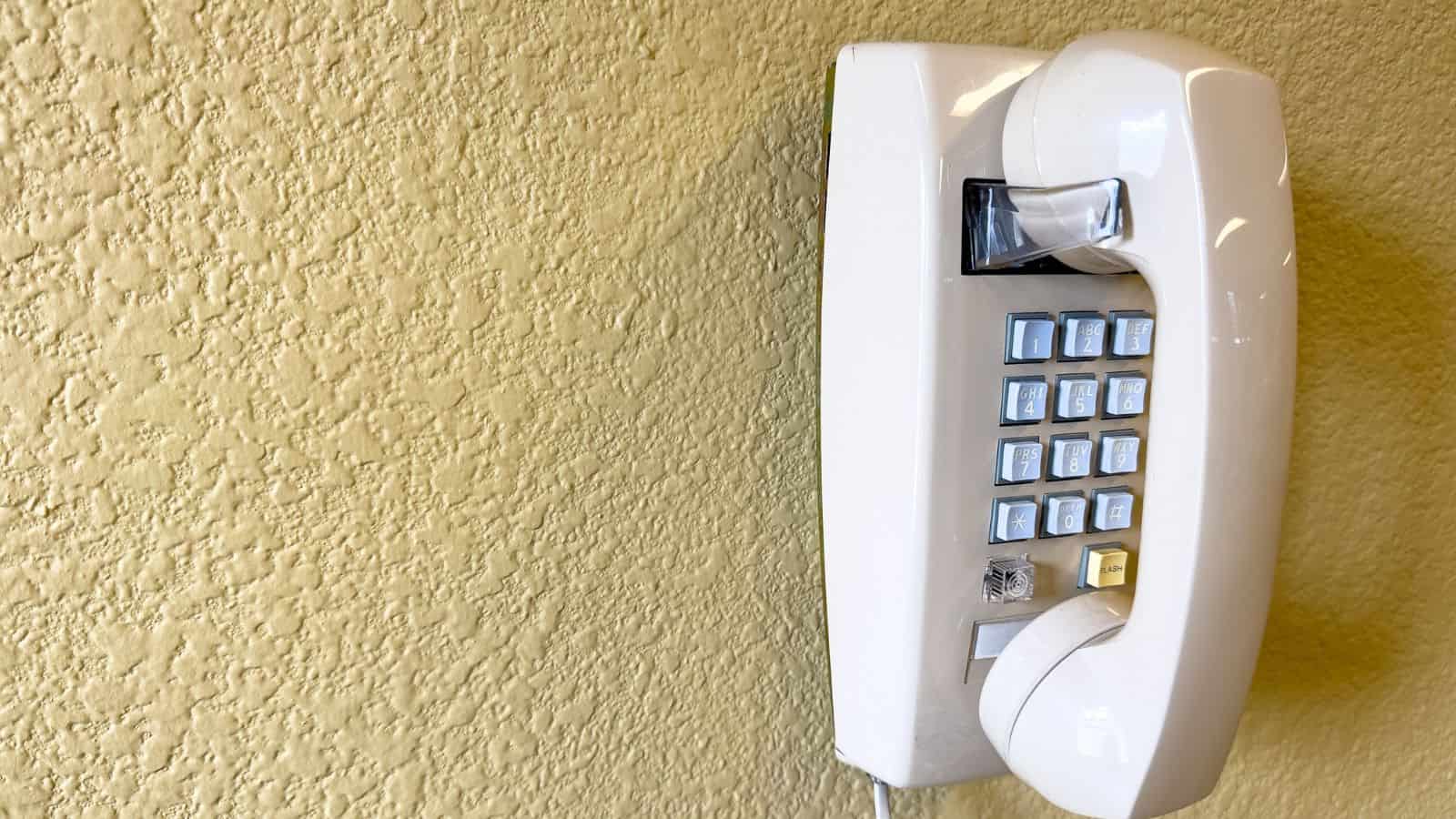
If you’re under a certain age, your parents probably had a corded phone rather than the even more dated rotary models your grandparents had. Before cell phones, you had to call everyone at home, and phones were often corded and often to the wall, making moving around while having a conversation or gaining some privacy virtually impossible.
Alarm Clock

Before smartphones with built-in alarms, people relied on digital or analog alarm clocks to wake them up on time for school, work, or early-morning travel. These clocks were prone to going off at the wrong time, and many had to be reset every night to ensure they went off at the correct time each morning. Still, they stopped us from being late most days!
